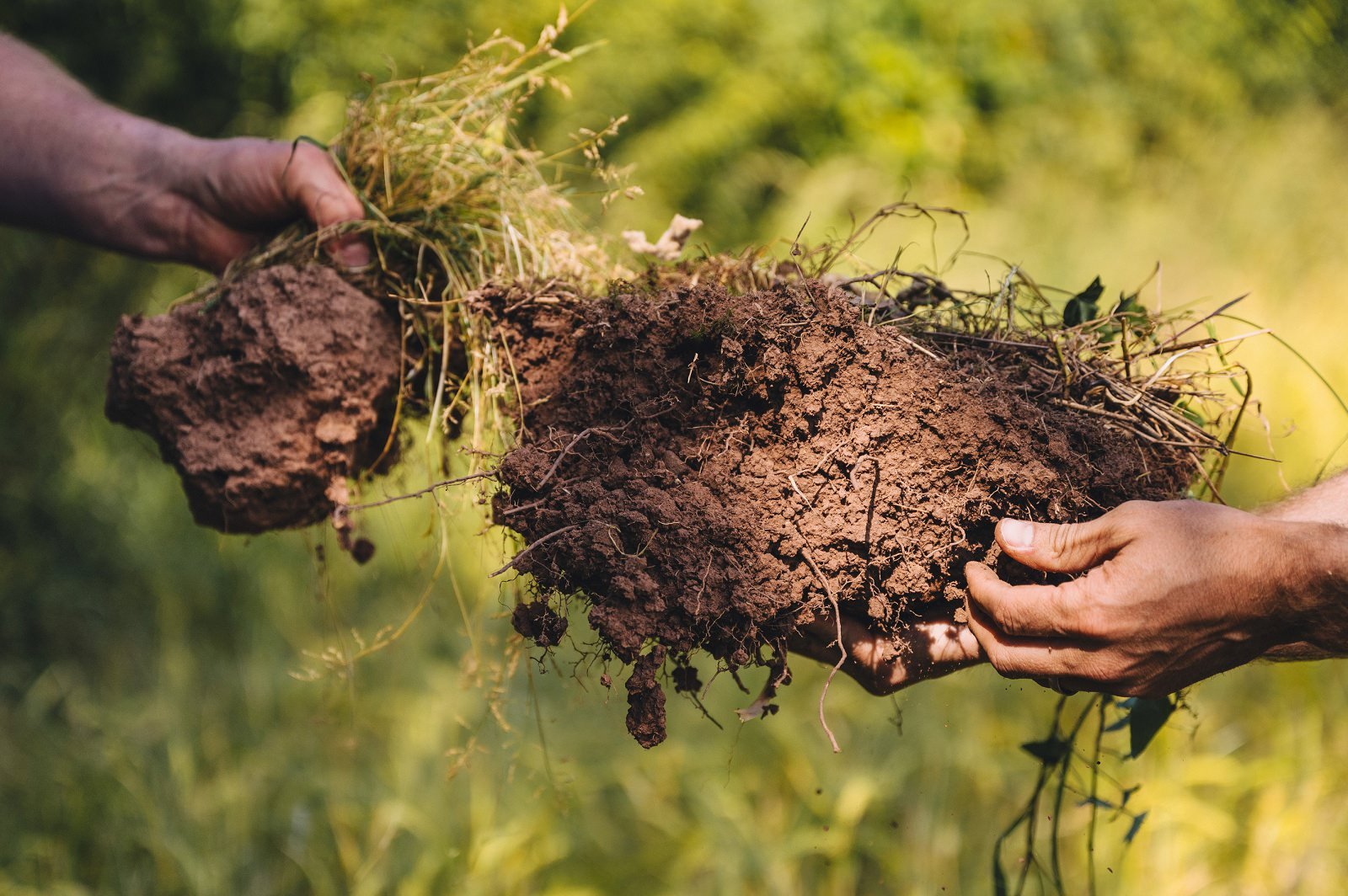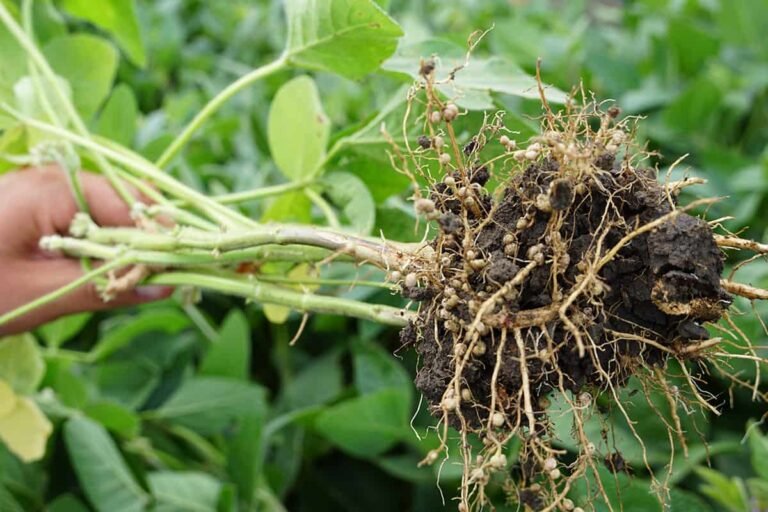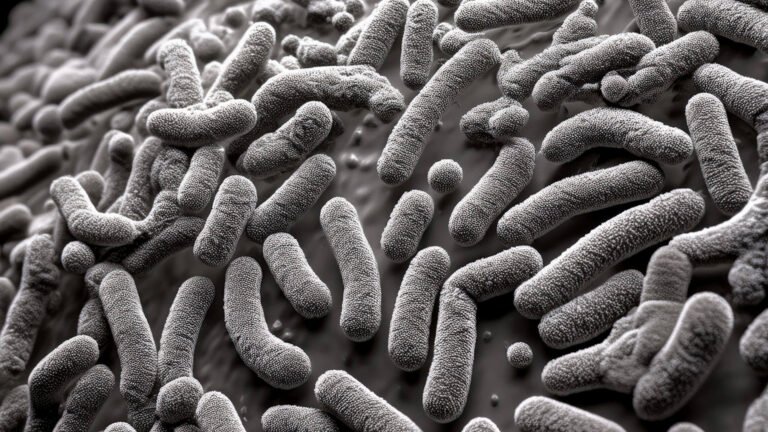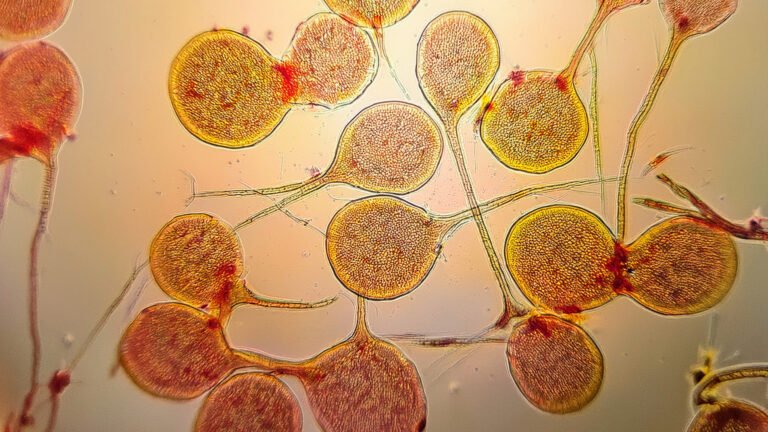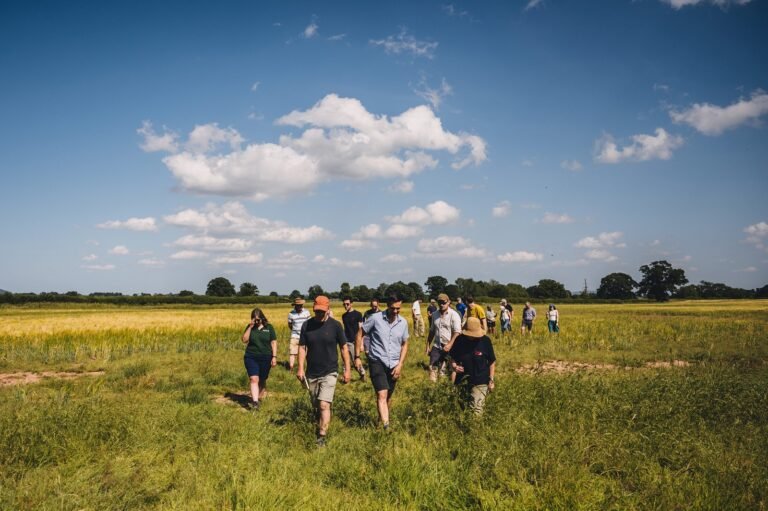If soil compaction in fields keeps giving you soil capping, ponding and poor infiltration, you’re not alone. However, you don’t have to keep fighting tight seedbeds. By rebuilding aggregation with biology, and by measuring progress with simple field tests, you can open the soil, deepen roots and reduce rework across the season.
If this sounds familiar, you’re in the right place
Before finding us, many farmers say they feel:
- Fed up with capping and smearing after rain; consequently, travel is delayed.
- Worried about ponding, slow drying and late drilling when windows shrink.
- Tired of extra passes and diesel just to form a half-decent tilth.
- Stuck with shallow roots, thin canopies and patchy yield that never quite recovers.
Meanwhile, the field never truly “opens up”; as a result, you’re working against the soil instead of with it.
Soil Compaction in Fields? Fix the Cause, Not the Symptom
Instead of more iron, restore biology to stabilise aggregates; therefore tilth forms sooner, diesel drops and timings get simpler.
What’s really going on (and what happens if you ignore it)
Symptoms of a biological slump
- Poor aggregation → fine crumbs collapse; therefore surfaces cap and smear easily.
- Low infiltration → water sits on top; consequently, ruts form and waterlogging lingers.
- Anaerobic whiffs → life below ground slows; meanwhile, nutrients cycle poorly.
- Shallow rooting → crops lack resilience in dry/cold spells; hence, growth stalls.
If you keep pushing on without fixing the cause
- More compaction, more passes, more diesel, especially after traffic on wet soils.
- Narrower workable windows and slipped timings that cascade through the rotation.
- Nutrient inefficiency and field-to-field variability that complicate plans.
- Yield drag that persists, even when the weather improves.
Quick confirmation helps. Therefore, use a VESS spade test, a simple infiltration ring/drainpipe test, and (optionally) a penetrometer to map layers and track improvement over time.
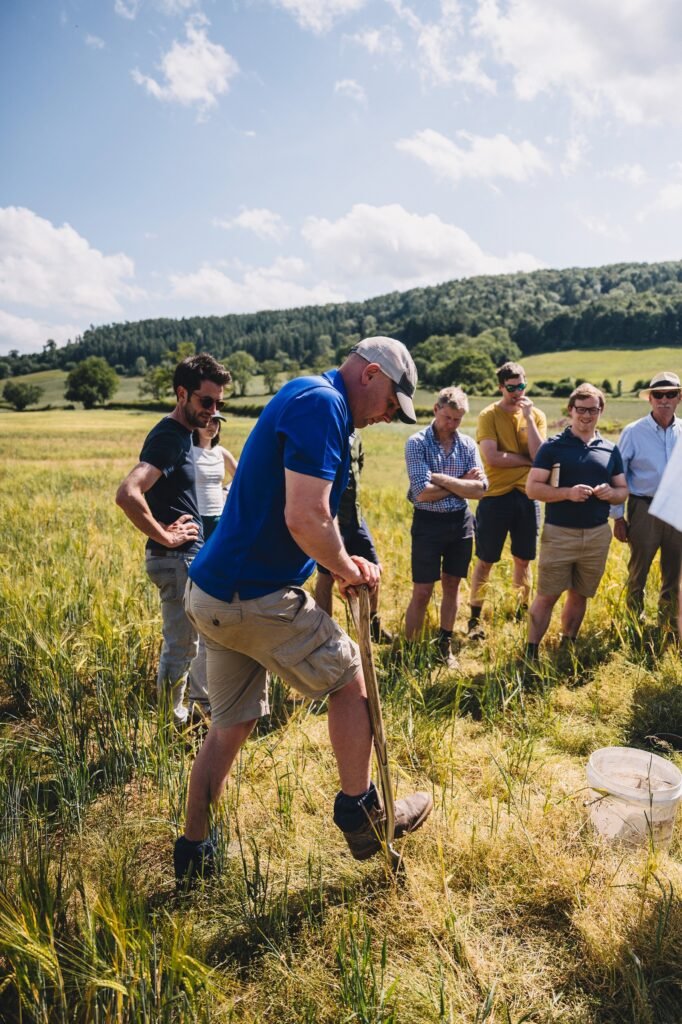
The fix: rebuild aggregation with biology
Healthy structure is glued by life – microbial gums, fungal threads and stable organic matter. Accordingly, targeted Bacillus consortia (BactoSoil Balance) help restart those processes, improving aggregate stability and nutrient cycling. Additionally, a foliar biostimulant (BactoStym) buffers stress so roots can push deeper and wider rather than stalling at the surface.
On farm, this looks like
- Tilth forms sooner, so passes and diesel drop.
- Infiltration improves; therefore puddles shrink and ruts fade.
- Rooting deepens, which steadies canopies through dry snaps.
- Time savings accrue, and operations run closer to plan.

Simple programme (soil → foliar) you can run this season
1) Rebuild the base (soil applications)
- Apply BactoSoil Balance 1–3×/season (typ. 1 L/ha in 200–400 L/ha water).
- Use pre-drill, post-harvest or between passes when moisture is present; therefore microbes contact soil.
- It’s compatible with most fertilisers/biostimulants; however, avoid bactericides near application.
- No activation required. (Always follow the product label.)
2) Buffer crop stress (foliar support)
- Spray BactoStym 1–3× during risk periods (cold/dry).
- Target a 0.1% foliar solution with even coverage; consequently uptake is consistent.
- Works alongside most inputs; nonetheless do not tank-mix with bactericides (e.g., copper oxychloride).
3) Keep it consistent
- Small, regular doses beat one-off “rescues”; moreover, time passes around showers for best effect.
What you should expect (typical farm reports)
- Passes ↓ – tilth sooner; therefore rework falls.
- Diesel ↓ – less pulling against tight ground.
- Infiltration ↑ – fewer puddles and faster travel post-rain.
- Rooting ↑ – better access to water and nutrients.
- Yield stability ↑ – fewer “bad patches” in tough spells.
Fields differ. Consequently, start with a 10–20 ha pilot block so the before/after is obvious and low-risk.
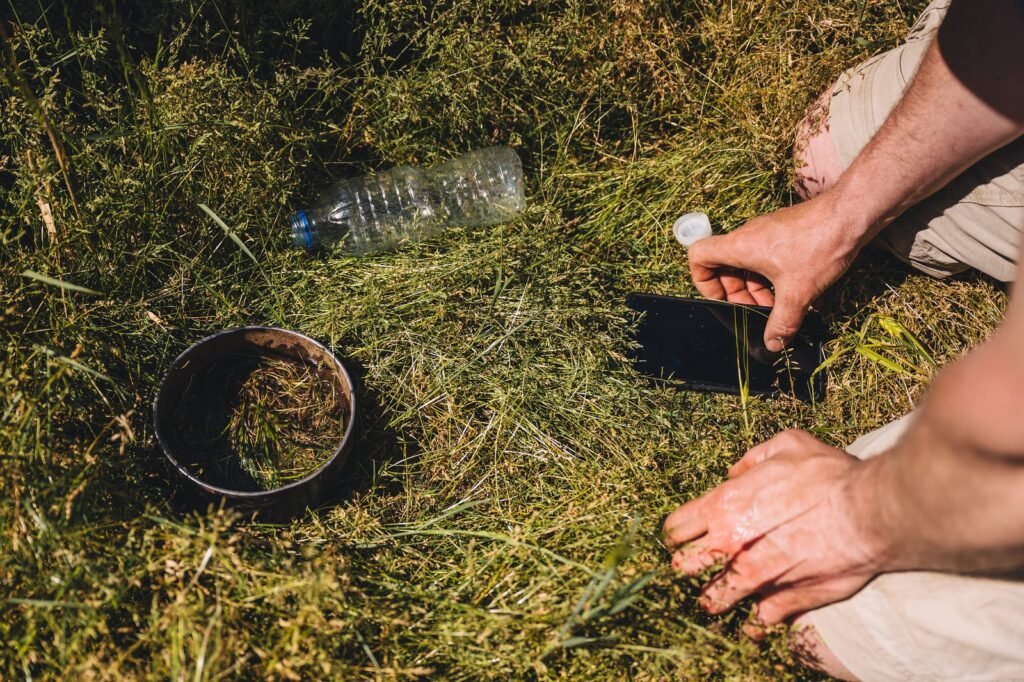
Measure it (turn “feel” into proof)
Track these simple indicators for 6–8 weeks (and again at key growth stages). As a result, you’ll know what’s paying:
- VESS spade score (Visual Evaluation of Soil Structure).
- Infiltration rate (mm/hour) via ring/drainpipe test.
- Penetrometer resistance (MPa) at fixed depths.
- Root depth & branching (lift plants; note fine hairs).
- Passes/ha & diesel/ha for seedbed prep and rework.
- Earthworm counts per spit (spring/autumn).
- Optionally, add a simple soil health scorecard to benchmark progress.
(Ask us for a one-page field sheet you can keep in the cab.)
Field tips: do’s & don’ts
Do
- Keep some surface residue post-harvest to protect aggregates; furthermore, reduce aggressive disturbance where possible.
- Time soil applications when moisture is present so biology engages quickly.
- Pair with sensible traffic, avoid heavy kit when plastic; then reduce repeat damage.
Don’t
- Expect biology to fix iron pans/shear layers alone, use a one-off mechanical reset, then let biology maintain structure.
- Tank-mix with bactericides or hot oxidisers.
- Skip measurements, proof builds confidence and guides spend.

The science behind these products
- BactoSoil Balance – probiotic soil revitaliser (Bacillus ≥ 2×10⁹ CFU/ml); supports aggregation, biodiversity and steadier nutrient cycling.
- BactoStym – microbial growth biostimulant (Bacillus ≥ 1×10⁹ CFU/ml in an amino-acid-rich carrier); buffers abiotic stress and supports early vigour.
Compatibility & safety: Both are natural and non-GMO. Always follow product labels and safety data; moreover, avoid close sequencing with bactericides.
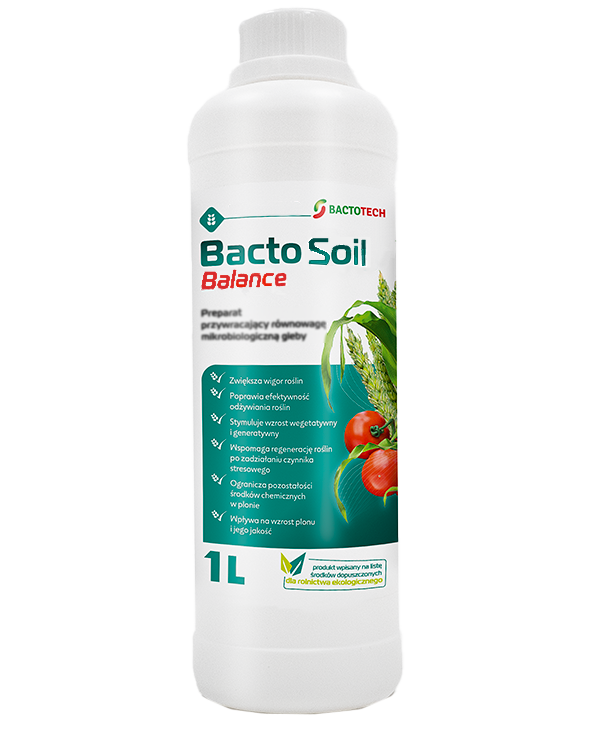
Soil compaction in fields – FAQs
Will this replace subsoiling?
Not outright. If a compacted layer exists, use a one-off mechanical reset; afterwards, biology maintains structure so you can reduce frequency and depth.
When will I notice changes?
Often within a season for tilth and infiltration; subsequently, deeper rooting and resilience build across seasons.
Can I apply with liquid fertiliser?
Usually yes; nevertheless check pH/salts and avoid bactericides in the same tank. When in doubt, split the pass.
Does it help on heavy clays?
Yes, aggregation and infiltration gains are particularly valuable on clays; however, moisture timing matters even more.
What about very light sands?
You won’t “make clay,” but improved aggregation and root exudates can enhance water-holding and nutrient retention.
Ready to stop fighting soil compaction in fields?
Tell us your soil type, current tillage and the field that gives you the most grief. We’ll send a 10–20 ha pilot plan, label-rate guidance and a before/after measurement sheet so the gains are crystal clear.
→ Get your plan: Contact BactoTech UK
→ Learn more: BactoSoil Balance · BactoStym, those products also help tackle COLD SNAP CROP DAMAGE, also learn WHY SOIL HEALTH MATTERS TO YOUR GUT AND WELLBEING and read about SHALLOW ROOTS IN CROPS
Editorial note: This article provides general guidance. Always follow your product labels and local regulations. Last updated: September 2025.

